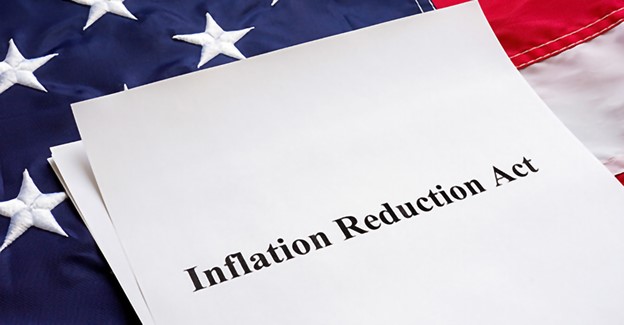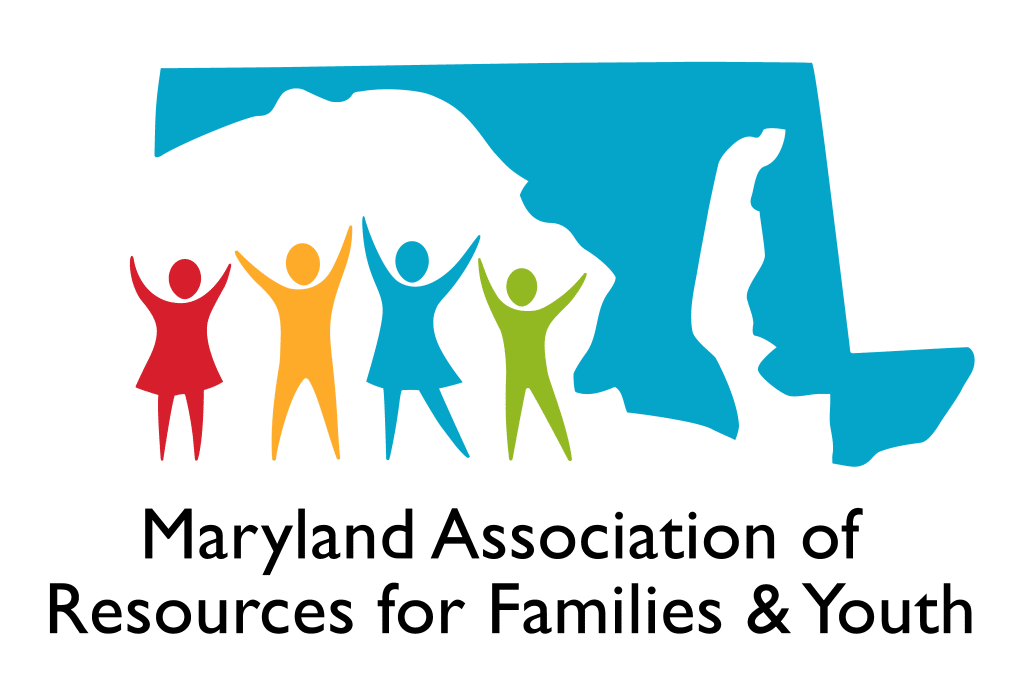On August 16, President Biden signed into law the Inflation Reduction Act of 2022. While there is a lot to unpack from the bill, our focus here is on the energy component, which aims to invest in domestic energy production and manufacturing and reduce carbon emissions by roughly 40 percent by 2030. We also aim to break down the opportunity for non-profit organizations, which include a number of incentives that could prove to be highly beneficial to Maryland Nonprofit members.
What Does the Inflation Reduction Act Aim to Achieve?
As noted above, the goal of the Inflation Reduction Act (IRA) covers several initiatives, but on the energy front, the legislation takes an aggressive push towards domestic energy production, with an aim to reduce carbon emissions by roughly 40% by 2023. The bill contains a range of incentives and tax credits to spur emissions-free energy, electric vehicles, EV chargers, nuclear power, energy storage, and carbon capture, to name a few.
What Impact Does the IRA Have on Nonprofit Organizations?
Prior to the IRA, non-profit entities had limited options for taking advantage of solar tax credits. In general, a nonprofit would be faced with entering a third-party agreement (many of you have likely explored these solar financing options), a solar lease or power purchase agreement (PPA), or similar financing options where the third-party entity could use the projects’ solar tax credits on behalf of the nonprofit.
Key Takeaway: As a nonprofit, there was previously no means for utilizing the tax benefits associated with owning solar electric generation systems. The IRA changes this.
With the IRA, the IRS will now directly pay non-profit entities the amount of tax credit earned by solar electricity projects, the base amount of which will be 30%. For example, a $100,000 solar project, earning a 30% tax credit: if purchased by a nonprofit, that nonprofit will now receive a $30,000 check from the US Treasury. It’s also important to note that this provision of the Inflation Reduction Act, applies only to nonprofits; for profit entities will not qualify for this direct payment.
On top of the 30% tax credit, there are the potential for adders, including a 10% adder for Domestic Content; a 10% adder if the project is built in an Energy Community, Coal Community or Brownfield Site, and a 10% adder for low-income communities, with an additional 10% for federally subsidized affordable housing.
As with the other provisions of the Inflation Reduction Act, the IRS review is still in process and the exact details of these additional 10% adders are not yet set in stone; however, it is fairly safe to assume that many nonprofits will be able to earn at least one (if not two) of the additional 10% adders, which would amount to a total cash payment from the US Treasury of 40% to 50% of a solar system’s project costs.
Key Takeaway: On a $100,000 solar project for example, a nonprofit could potentially receive a payment of $40,000 to $50,000 from the US Treasury.
Keep in mind, the IRS is still reviewing the impacts of the IRA and has not yet issued its guidelines. Up to 60 days after the exact date when the IRS does issue its guidelines, there will be a window to begin the installation of solar projects and avoid two provisions of the IRA around labor costs: One is a provision where all laborers must be registered into Apprenticeship Programs through the local union halls, and the second requirement is to pay prevailing wage rates to all labor for any project utilizing the IRA incentives. The IRS will likely take until the end of February to the beginning of March to complete its review and issue guidelines.
Key Takeaway: Any solar project started prior to or within the window of 60-days after the day these guidelines are issued, the project can avoid the increased labor costs associated with paying prevailing wage rates and registering all workers into apprenticeship programs. Simply stated, between now and 60 days after the IRS issues its guidelines, solar project costs will be on average 10% to 20% cheaper than after that time period is completed.
What Should Next Steps Be?
Connect with APPI Energy to discuss your options. We are paired with best-in-class solar vendors. As your trusted energy consultants, our team will walk you through every step of the process, starting with a no-cost, no obligation call to assess if solar is a right fit for your non-profit organization. Connect with me today at: mlewis@appienergy.com or 310.775.3188.
About APPI Energy
Founded in 1996, APPI Energy provides data-driven procurement solutions to commercial, industrial, and nonprofit customers in every deregulated energy market in the U.S. APPI Energy delivers superior consulting, coordination of energy management strategies, and world-class customer service. Their holistic energy services provide financially and functionally vetted solutions to decrease energy costs, reduce demand, and improve resiliency and sustainability. The firm reduces and manages electricity and natural gas costs for members of 158 affinity groups. To learn more visit www.appienergy.com.






